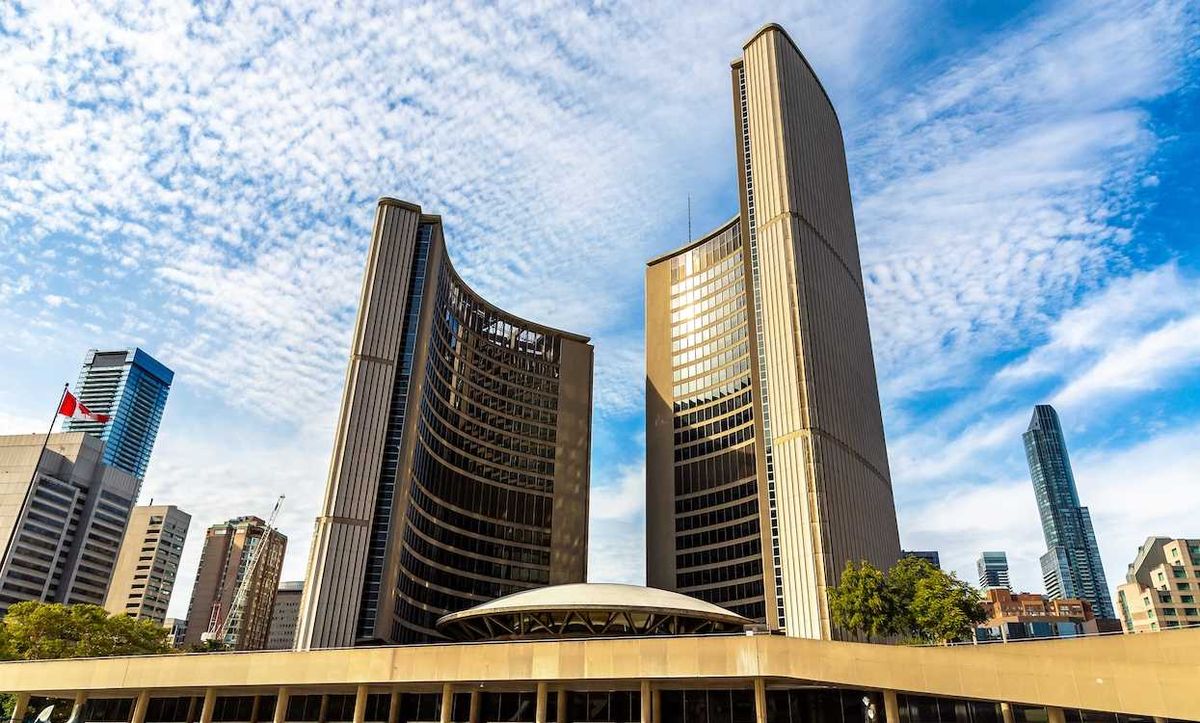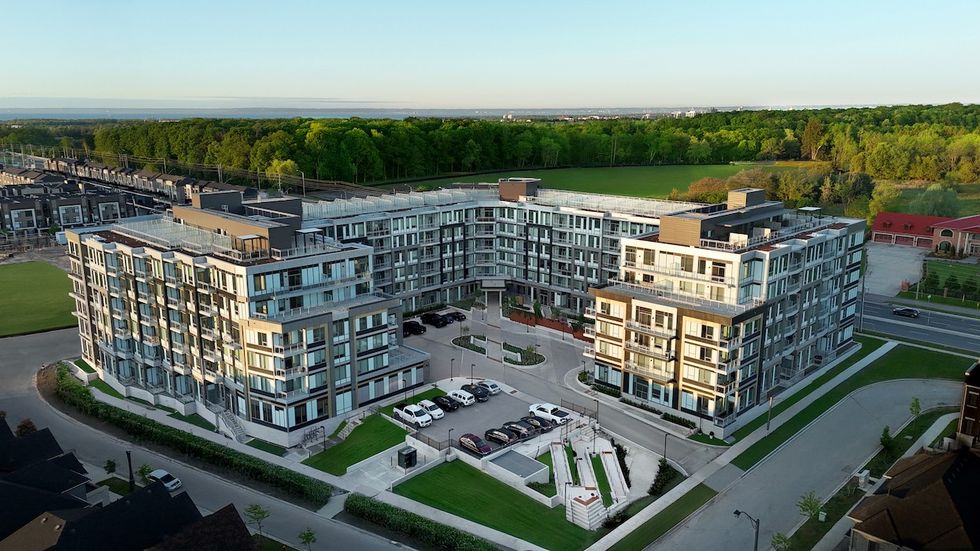While the Conservatives and Liberals remain divided on many issues, when it comes to tackling the housing crisis, both parties seem set on cutting red tape and incentivizing development through tax reform, with the greater goal of increasing supply and affordability.
The parties differ in how they plan to achieve these goals, but several of their proposed policies echo one another, one of the most popular being the pledge to eliminate GST on new homes.
Conservative leader Pierre Poilievre was the first to propose the tax break in October 2024 when he pledged to eliminate GST on new homes priced at or under $1 million for all Canadians. On March 20, Liberal leader Mark Carney tore a page out of his opponents' book, promising to do the same, but for first-time homebuyers only. Five days later, and in response to development industry feedback calling for a higher price threshold, Poilievre upped his proposal to include new homes priced at or under $1.3 million.
Carney says his tax cut will save Canadians up to $50,000 on the price of a new home, while Poilievre says it will put $65,000 back in pockets, the other idea being to increase demand in order to boost home construction.
Their proposals, while similar, have three main differences: eligibility, price scope, and financing — all of which will dictate their effectiveness.
While Carney's version targets the cohort most impacted by the housing affordability crisis — first-time homebuyers with zero equity — experts worry that limiting eligibility will only limit demand.

"I think it's good, right, recognizing the need and the challenge that people have getting into the market, so shining a spotlight on that challenge in particular I think is beneficial to people trying to get into the market, whether it's younger Canadians or Canadians that have been renting for a while," President and COO of Sutton Group James Innis tells STOREYS. "The downside is that you are alienating people. You are alienating and cutting out a good chunk of the market."
On top of alienating buyers, excluding the rest of the market means less demand, and less demand means less homes get built.
"Lowering the GST is not just about making homes cheaper, but actually facilitating extra supply," economist and Senior Director of the Smart Prosperity Institute Mike Moffat tells STOREYS. "Clearly, the Conservative plan that includes everyone is going to have a much larger supply side effect."
Moffatt adds that many of the "first-time homebuyers" Carney is hoping to give a leg up, in reality, may not even benefit from the tax break.
"A lot of first-time homebuyers don't buy new homes. In fact, a lot of times they will start out by buying an older, smaller condo unit or something like that and then upgrade to a family-sized home," says Moffatt. "Unfortunately, those individuals and those families wouldn't be able to claim the first-time home buyers savings because they had already bought a condo previously."
Carney's plan to cap the tax break at homes under $1 million, while less costly than Poilievre's plan, also alienates more buyers in pricier markets like Toronto and Vancouver.
"It depends very much on where you are, right? If you're in Vancouver or Toronto, finding something under $1 million isn't really that feasible," says Innis. "But if you're in other markets across Central Canada or in the Maritimes, it's more reflective of the home prices there."
Moffatt agrees that, in more expensive markets, having homes in the $1 million to $1.3 million range included in the tax break would make homeownership more attainable for a larger number of Canadians, but adds that it could be increased to $1.5 million with a phased-in approach.

"If the home is under $1.3 million, you get a rebate, but if it's $1.3 million and one dollar, you don't get anything. So I think it would make sense to phase it out through $1.3 million [to $1.5 million]," says Moffatt. "Obviously that would make it cost a little bit more, but I do think that would have had some some benefits that go a little bit further."
When it comes to paying for the GST rebates, the two parties have dressed it up in different ways, but both are more or less financing the costs through deficits. One main difference, however, is that Poilievre's plan includes scrapping "$8 billion of the Liberals’ bureaucratic housing schemes," including the Liberal Housing Accelerator Fund (HAF).
While the HAF is considered flawed by many experts, Moffatt has said that scrapping it entirely would do more harm than good, and either way, what Poilievre has pledged to replace it with is essentially the same concept wearing a new jacket.
"I think it's a little bit misleading because the Conservatives are saying that they'll scrap the HAF but then they'll have programs to give municipalities money in the form of reforms, which is essentially what the Housing Accelerator Fund is," says Moffat. "At the end of the day, both of the parties are financing these programs the same way; they're both financing it through deficits. They can claim otherwise but essentially that's where the money's coming from for both of the parties."
- The Federal Election Housing Ballot: Liberals Vs. Conservatives ›
- Mark Carney Reaffirms Pledge To Eliminate GST For First-Time Homebuyers ›
- Poilievre Pledges To Waive GST On New Homes Under $1.3M ›
- The Feds' GST Rebate For First-Time Homebuyers: What To Know ›
- "Room To Be More Bold": Expanding The FTBH GST Rebate ›



















